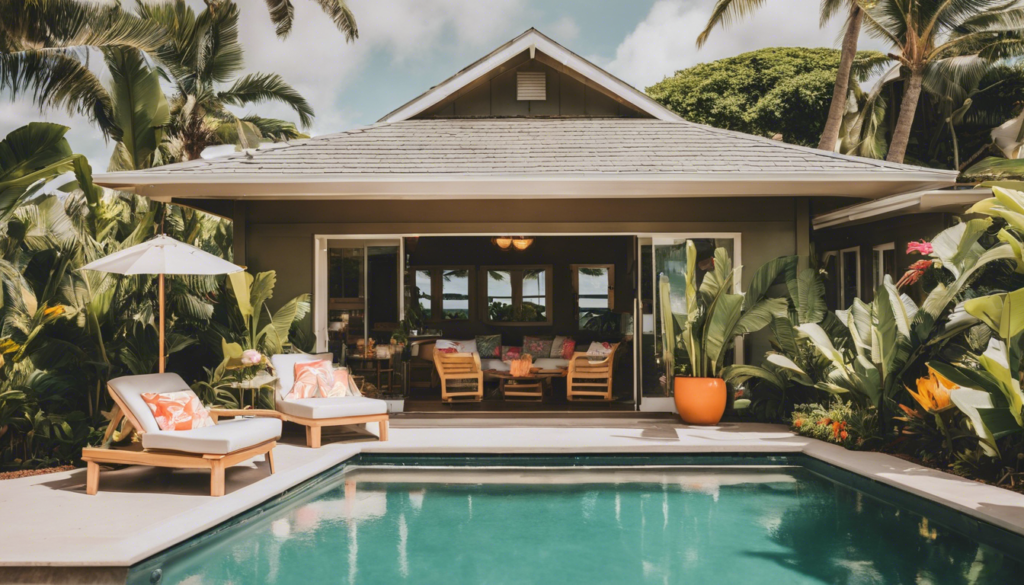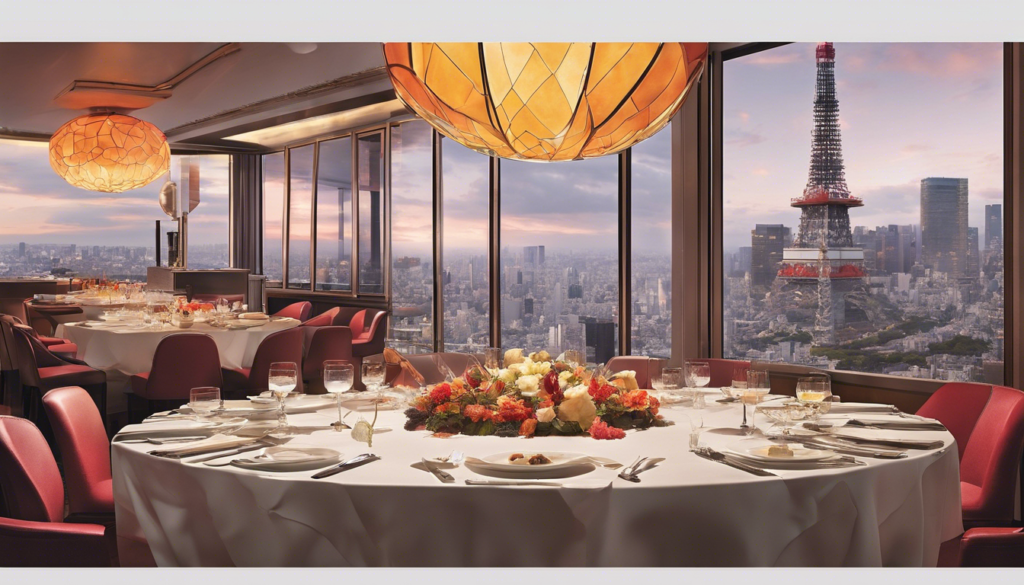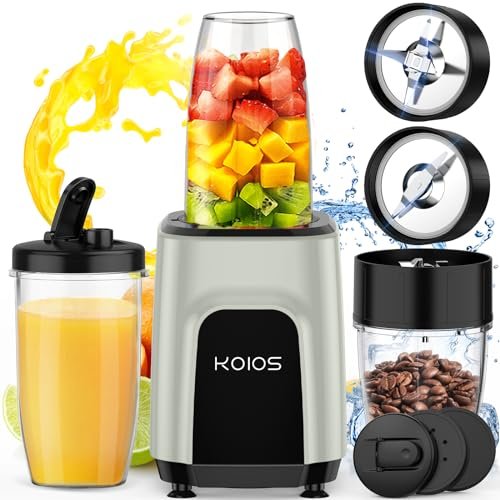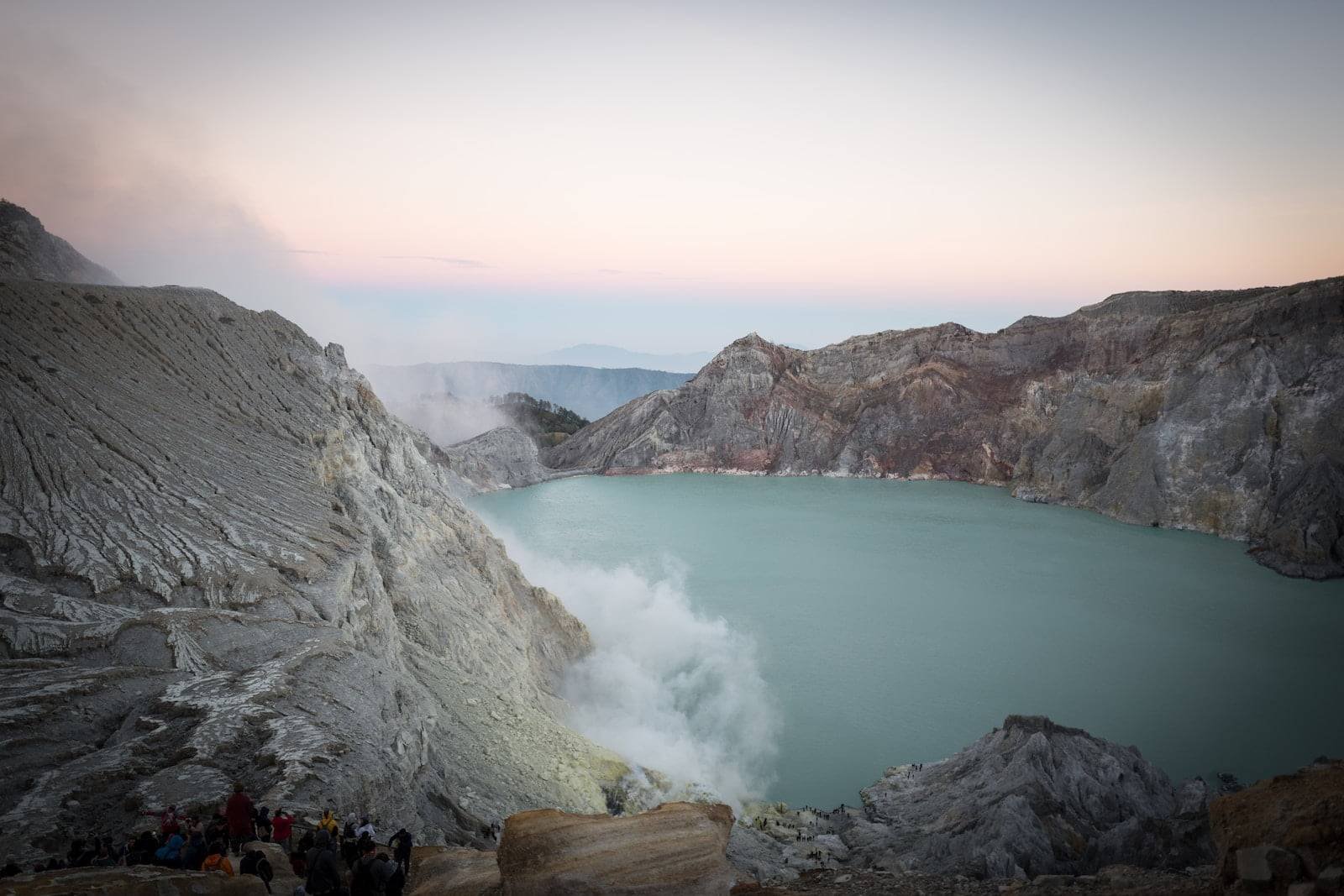
Unleash Your Wanderlust
Travel to Inspiring Places and Create Memorable Adventures
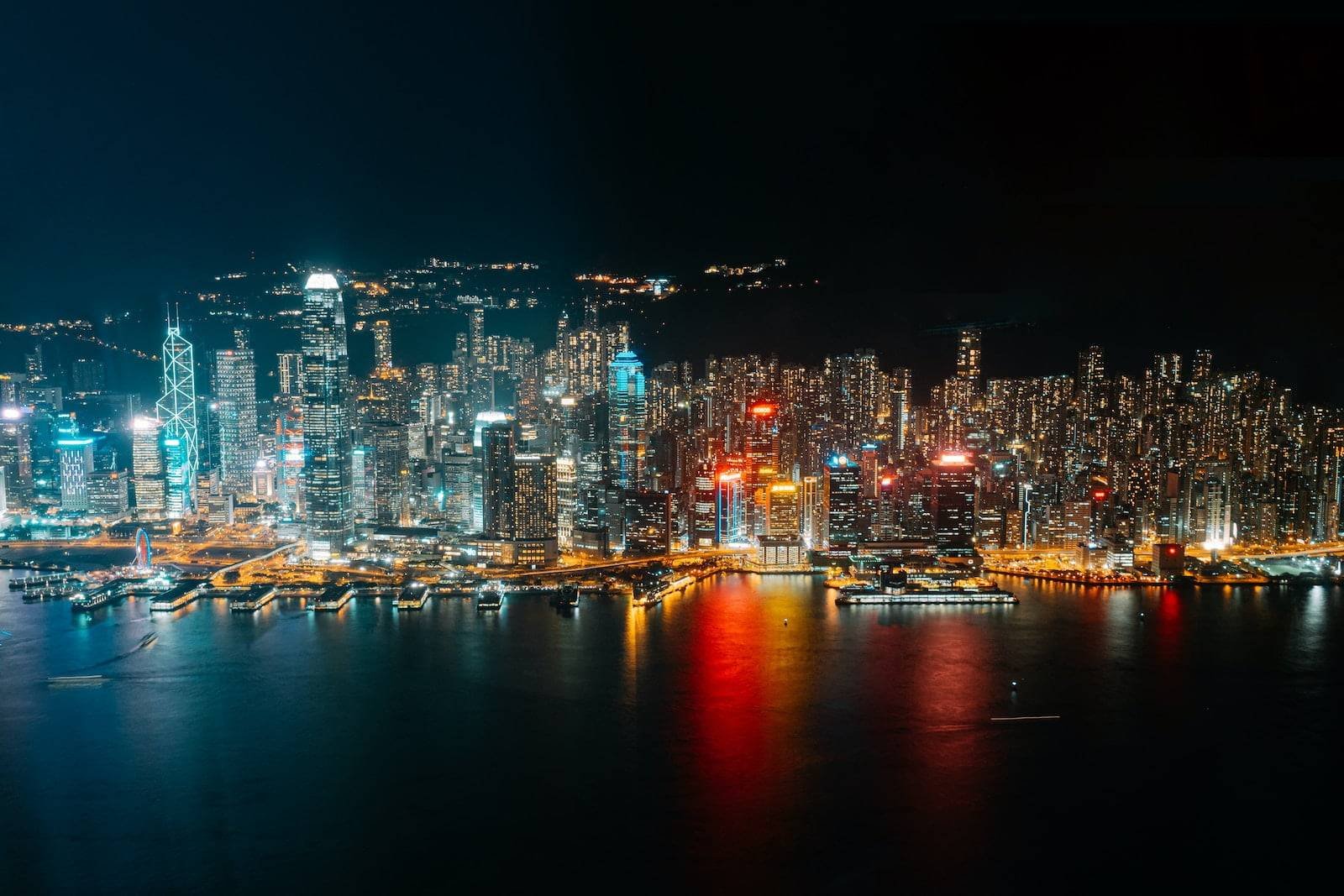
Savor the Adventure
Join us on a Flavorful Journey Through the World of Food!
Exploring Tokyo’s Vibrant Food Stalls: A Culinary Adventure You Can’t Miss!
Experience Serenity: Discover the Art of the Japanese Tea Ceremony in Tokyo
Discover the Ultimate Tokyo Fine Dining Experience: Top Restaurants to Savor Chef’s Excellence

Product Reviews
Blend Like a Pro: Unleashing the Power of the KOIOS 900W Countertop Blender for Smoothies and Beyond!
Blend It Like a Pro: Unleash Your Culinary Creativity with the Ninja Blender and Food Processor Combo!
Blend It Like a Pro: Unveiling the Power of the Ultimate Personal Smoothie Blender!
Unleash Your Inner Smoothie Artist: A Deep Dive into the Ninja BN701 Professional Plus Blender
Hey There Foodies!
Get the latest delicious eats in your inbox! Be the first to know about our latest blog posts, exclusive promotions, and upcoming events.



